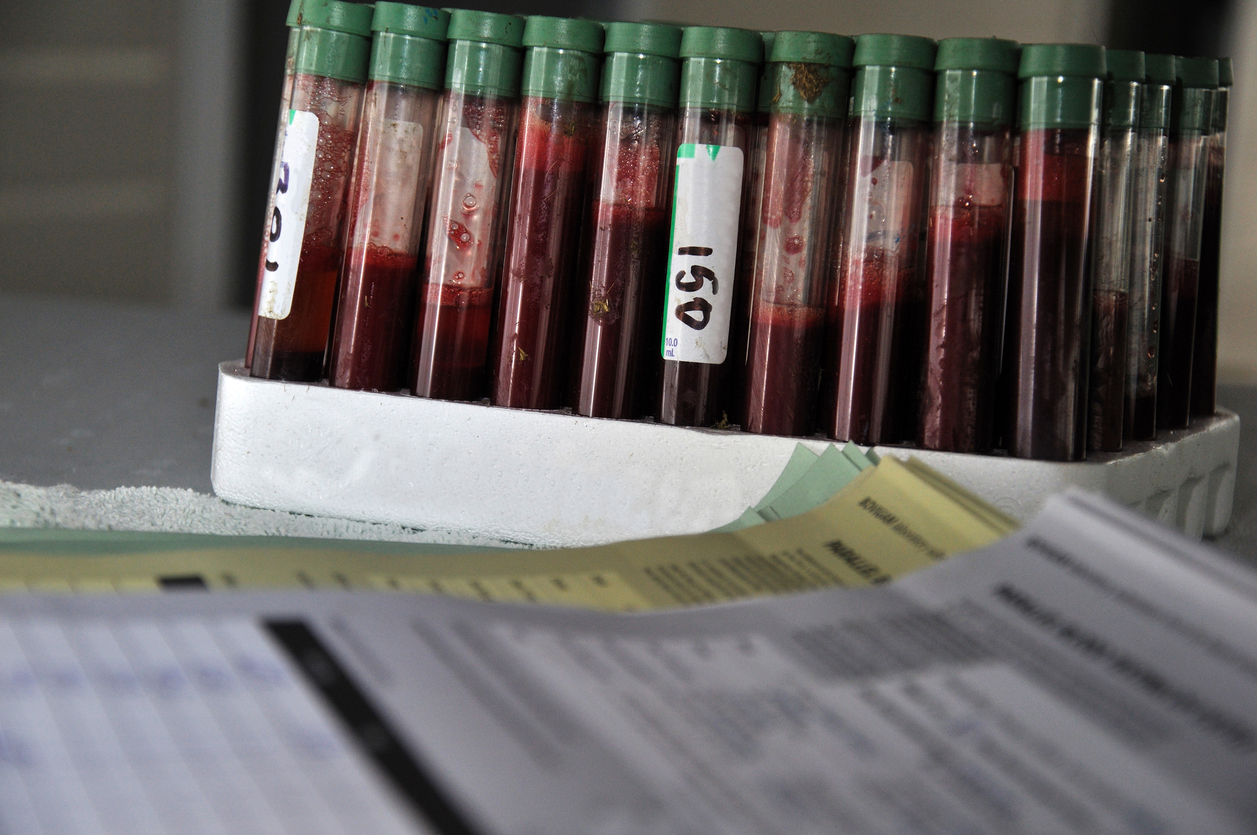The global burden of tuberculosis is falling, but faster detection and treatment would help the process, according to a new World Health Organization report.
TB caused an estimated 1.3 million deaths in 2017, according to the report, and remains one of the top 10 killers worldwide but fatalities from the disease last year were 16 per cent, down from 23 per cent in 2000.
The SMC asked a New Zealand expert about the WHO report and what work is being done to reduce diagnostic times and combat drug-resistant strains of TB. Please feel free to use these comments in your reporting.
Richard Fong, genomics specialist, Massey University (Turitea campus) and associate investigator at the Maurice Wilkins Centre, comments:
General comment:
“Nelson Mandela, who was once a TB patient said: ‘We have known how to cure TB for more than 50 years. What we have lacked is the will and the resources to quickly diagnose people with TB and get them the treatment they need’.”
Why do you think we are seeing TB rates falling, globally?
“TB rates are generally falling due to modern technology and more readily available rapid diagnostic kits and tools. However, we also need to consider there are many more patients who are in the dormant state of latent TB. With many other rising diseases, particularly diabetes and HIV, we will see a significant rise again in TB once a person’s immune system is compromised.”
What are some of the difficulties when it comes to diagnosis and treatment (e.g diagnostic times, access to treatment, etc)?
“Recently we are dealing with more antibiotic-resistant strains of Mycobacterium tuberculosis (Mtb). It is easier to treat drug-susceptible TB than drug-resistant TB. Given Mtb is a slow grower, we face significant challenges trying to treat a TB patient. It will normally take anywhere between 3-8 weeks to grow TB [in the lab], depending on the culture media (solid or liquid). If Mtb is confirmed, then it’s a further few weeks again to grow a drug-susceptible test (DST) to further investigate which particular drug it is resistant to.
“It is during this time we also risk drug-susceptible TB becoming multidrug resistant in a patient, and we need more personalised treatment based on each individual. This is where the challenge kicks in. Every patient will have a different profile and if he/she has any other disease while being treated on other drugs we are risking the bacterium mutating and causing more problems. This is especially true in third world countries if the patients are being enrolled as normal drug-susceptible TB patients, without appropriate treatment while they are being diagnosed. It is even more difficult if we have a mixture of multiple strains of TB in countries where the TB burden is already high. Some patients are not being given the correct treatments due to limitations of diagnostic tools.”
How serious is the issue of drug resistance in the fight against TB?
“This is a serious issue. Drug-resistant TB is a man-made issue. In the WHO initiative, it was reported most of the countries with the highest TB burden are having issues with drug-resistant tuberculosis. Problems arise when an individual has poor adherence towards the drug regimen – this indirectly causes a rise in drug-resistant TB. Given we have limited available drugs to treat TB now, we do not want to see an increase in drug resistance TB as the expenses are very high. It is even worse if a patient evolves into extensively drug-resistant TB, where they are resistant to second-line injectable drugs, where treatment options are often limited and less effective. We even have a few cases now with totally drug-resistant TB, where the patient is resistant to all known drugs to treat TB. This is a significant burden, not only towards mortality rates, but the worldwide economy.”
What are you doing to reduce diagnostic times and combat drug-resistant strains of TB?
“To combat TB we used a different approach where we utilised innovative ideas and modern technology tools to better diagnose TB. We were particularly interested in genome sequencing, where we sequenced clinical isolates of TB extracted from patients and had a complete genome profile of the Mtb bacterium. Given technology is evolving so fast for genomics research now, we are empowered with the capability and capacity to better diagnose TB based on individuals (personalised treatment). It was a challenge due to significant associative cost and complication of sequencing technology a few years ago, but now with the reduced cost and portable sequencer we can utilise such maturity to combat TB. With the availability of whole-genome sequencing (WGS) as a tool for the diagnosis and clinical management of TB, it offers a considerable amount of power to fight such a stubborn epidemic.
“Our project aim is to use WGS as a tool to combat TB, paired with rapid diagnostic techniques. We have so far tested and developed methods to sequence from a very young culture of TB and directly from sputum [a type of mucous]. Our ideal is to run a diagnostic test direct on sputum and sequence it within less than 48 hours (compared to weeks for current diagnosis) to obtain a full drug-resistant TB profile for the patient. We then feed the information back to the clinician in the hope they can better understand the treatment options.
“With the latest technology we can even sequence and have a real time feedback of the drug-resistant profile at the same time. The genomics data we obtain can also be used to track where the infection starts. This can aid many researchers in trying to figure out the hotspot region/origin or any super spreader within a community where TB is spreading.”
Conflict of interest statement: My opinion does not represent my affiliations as above and is my personal view.
